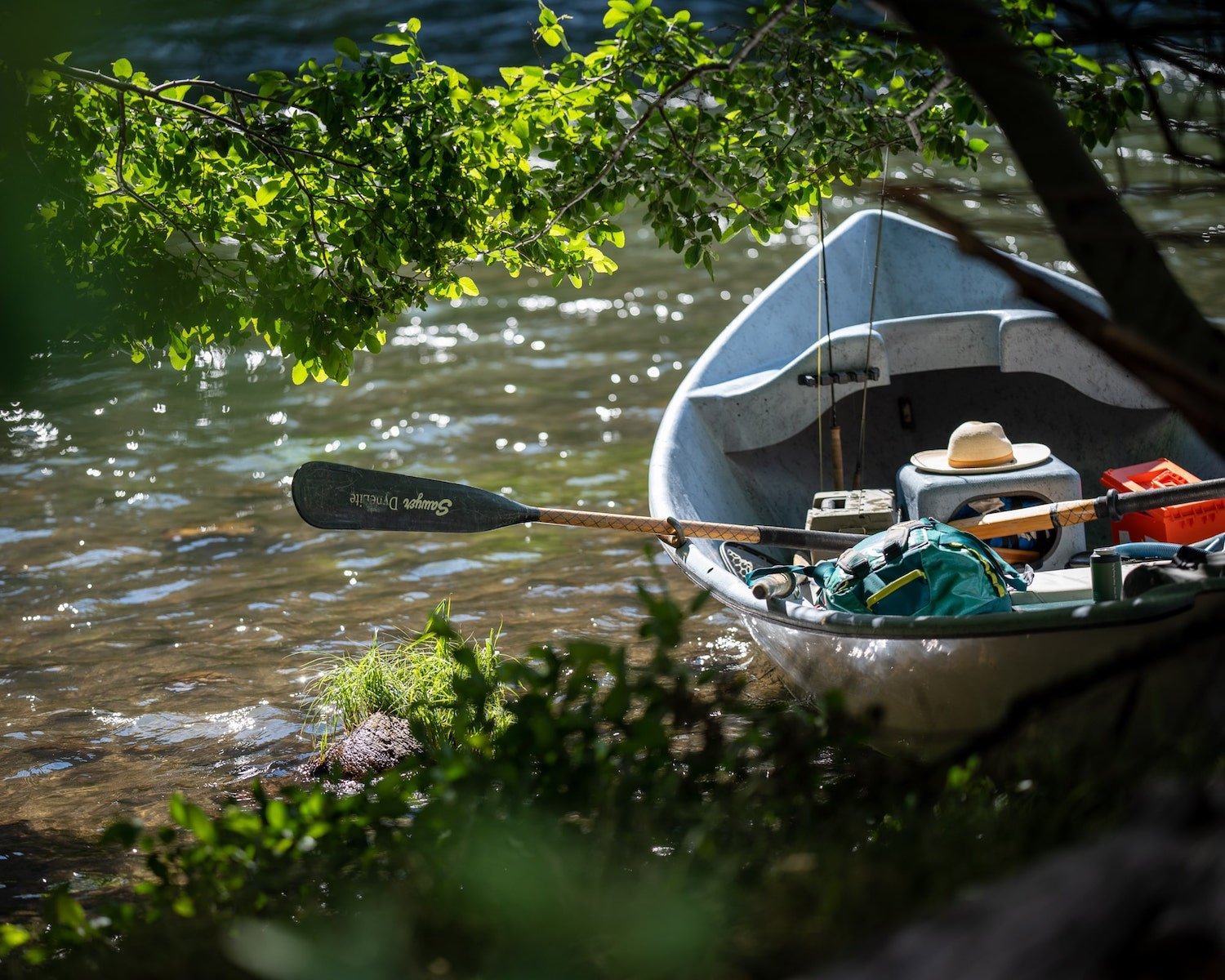How Did the River Cool in the Heat?
Steelhead numbers stall as the mainstem Columbia warms.
Steelhead are Coming: But will the River be Cool Enough?
Early returns of steelhead crossing Bonneville Dam gave anglers cause for cautious optimism that 2024 would be at least a slight improvement over the dismal ten-year average. And then the mainstem Columbia warmed up. As the graph above reflects, the trend line sank in late June as the Columbia hit the troublesome 70 degree mark. Things could still be looking up for steelhead. The heatwave has abated. Longer nights mean the big river might begin to cool. Specifically for the Deschutes, it appears that PGE might be showing some flexibility in its previously rigid management regime. The river cooled as the heatwave hit. And there’s really no cogent explanation for how that could happen, other than flow releases from the depths of Lake Billy Chinook.
The Evidence that PGE Did the Right Thing
First some context: better management practices from PGE would prevent what follows here, which is an educated guess that the company saw the weather forecast and correctly surmised that it was high time to cool the river down. Ideally, we would have a publicly available management plan that would affirm PGE’s claim that it acts in the best interests of the health of the river and its inhabitants. We don’t have that. The DRA has to make a public records request to acquire information that the company must file each month with relevant management agencies. This is how we’ve found out in the past that when PGE releases adequate cold water, violations of state water quality standards, especially pH, come into compliance. But the “blend” of surface and bottom water, PGE claims, is proprietary, which leaves many questions unanswered that otherwise seem to lie well within the realm of the public interest. The most pressing of those questions: if, as PGE claims, that changing the depth and timing of cold water releases doesn’t cost them money or undercut their revenue generation, then why aren’t they doing just that?
In the meantime, take a look at the graph (below) that the DRA’s staff water quality specialist Hannah Camel put together. In the midst of a string of days with temperatures near or exceeding 100 degrees F., the river cooled. At our Warm Springs monitoring station, this meant that the river saw its first spate of days where the state pH standard wasn’t being violated. The data also highlights another instantiation of a pattern the DRA’s science team has detected in the past: cold water brings the lower Deschutes River into compliance with water quality standards. The USGS monitoring station at Moody Rapids on the lower river also helps make this point. It recorded a two degree drop in water temperatures from July 9th to July 15th, from just over 70 degrees F. to just over 68.
What We Don’t Know
While it seems obvious PGE cooled the lower river, at least temporarily, we don’t know if the effort will be sustained through the hottest days of summer. We don’t know the proportion of cold water from the depths of the reservoir to hot water on its surface. We don’t know how the company chooses to respond to summers that look longer and hotter, as far as the eye can see. The DRA would like to see a management scheme for the lower Deschutes based in solid science. Management choices should also be pro-active, instead of what they appear to be, which is reactionary. The river should never be allowed to exceed the Clean Water Act standard for salmon and steelhead, which is 68 degrees F. And pH violations should be the exception, not the rule. What we do know is that the first part of July added to the available evidence that PGE can make the lower Deschutes River a better place. Help us encourage the company to do the right thing. Write a letter to Governor Kotek, and tell her we only need the Oregon Department of Environmental Quality to enforce existing rules. Your relentless efforts might pay off soon.
More From The Blog
Subscribe the the DRA Newsletter
The Deschutes River Alliance is your focused voice to protect the lower Deschutes River, its cold water flows and the fish and wildlife that are sustained by them. We send regular emails with important data and news about the lower Deschutes River. We will not sell or loan your contact information to others.
How to Support the DRA
Everyone wants clean, healthy water in the Deschutes River. Oregonians cherish our clean and healthy waterways to provide drinking water, wildlife habitat and recreational activities. The lower Deschutes River is a federally designated Wild & Scenic River, and a national treasure. It must be protected for the environmental and economic health of Central Oregon. We believe by working together we can return the lower Deschutes River to full health.























